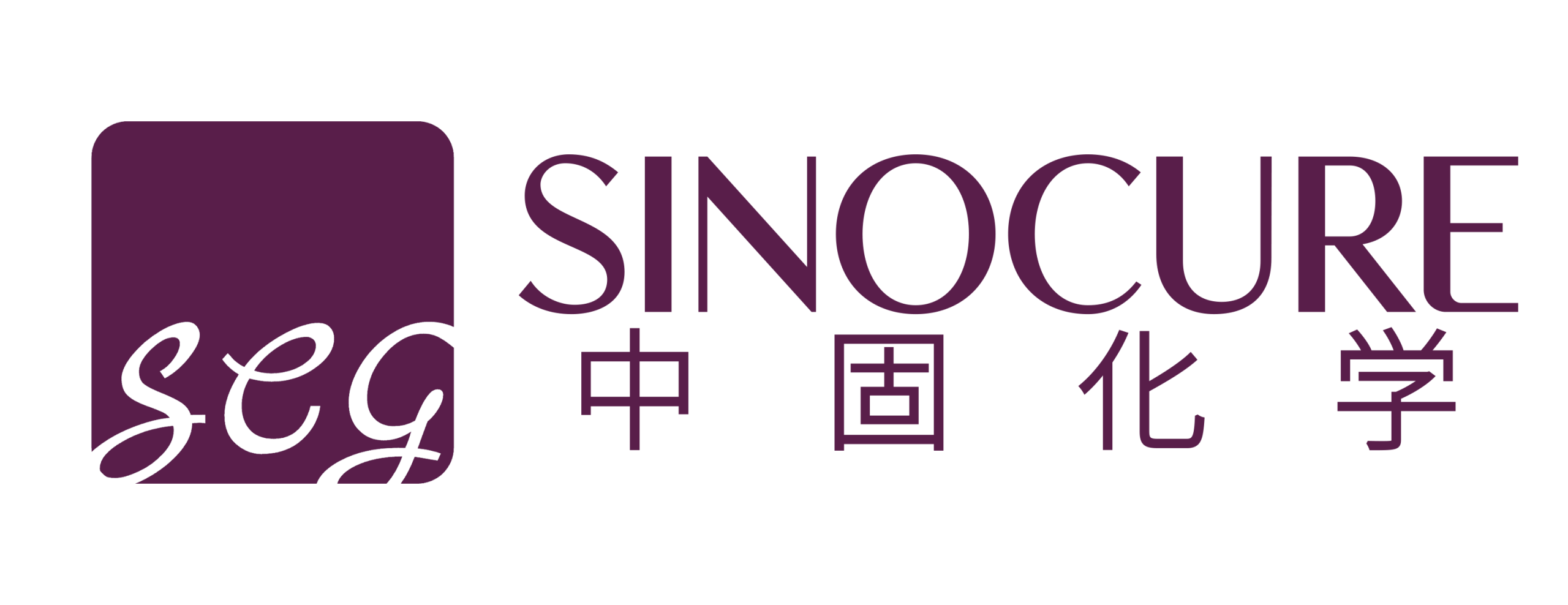Description
3-Chloro-1-propanol, identified by CAS 627-30-5, is a colorless to almost colorless clear liquid widely utilized as a pharmaceutical intermediate and in organic synthesis. Known alternatively as 1-chloro-3-hydroxypropane or trimethylene chlorohydrin, it has a molecular formula of C₃H₇ClO and a molecular weight of 94.54 g/mol. This compound’s reactivity makes it essential for synthesizing various pharmaceutical and chemical products, supporting research and industrial applications.
Properties
The following table outlines the key physical and chemical properties of 3-chloro-1-propanol, sourced from reliable chemical suppliers:
Property
Value
Molecular Formula
C₃H₇ClO
Molecular Weight
94.54 g/mol
CAS Number
627-30-5 Appearance
Colorless to almost colorless clear liquid
Assay
98% Refractive Index
n20/D 1.445 (lit.)
Boiling Point
160-162 °C (lit.)
Density
1.131 g/mL at 25 °C (lit.)
Solubility
Soluble in water at 20°C (300 g/L)
Flash Point
167.0 °F (75 °C) – closed cup
Storage Class
6.1C – Combustible acute toxic Cat.3 / toxic compounds or compounds causing chronic effects
Usage
3-Chloro-1-propanol serves as a critical pharmaceutical intermediate, facilitating the synthesis of complex drug molecules. Its role in organic synthesis involves acting as a reactant in nucleophilic substitution reactions, enabling the formation of new carbon-carbon or carbon-heteroatom bonds. Specific applications include:
Pheromone Synthesis: It acts as a linchpin in producing 6,14-dimethyl-1-octadecene, a pheromone component, by connecting synthetic blocks (Sigma-Aldrich).
Chemical Intermediates: Used in the production of fine chemicals and other intermediates for pharmaceutical and industrial purposes.
Research Applications: Employed in laboratory settings for developing new materials and compounds, contributing to advancements in chemical research.
These uses highlight its importance in both pharmaceutical manufacturing and scientific research, making it a valuable compound for specialized applications.
Packaging and Transportation
3-Chloro-1-propanol is typically packaged in chemically resistant containers, such as glass bottles, to ensure stability and prevent reactions with the packaging material. Due to its classification as a Dangerous Good (toxic and combustible), transportation must comply with hazardous materials regulations. This includes using appropriate labeling, secure packaging, and adherence to international shipping standards to ensure safe delivery.
Storage
To maintain its integrity, 3-chloro-1-propanol should be stored in a cool, dry, well-ventilated area, away from oxidizing agents and bases. It must be kept in tightly sealed containers to prevent exposure or contamination. Its storage class (6.1C) indicates it is combustible and toxic, necessitating storage in facilities equipped to handle hazardous materials to mitigate risks of fire or health hazards.
Contact Us Now!
If you need MSDS,TDS or sample testing, please email us at pharm@sinocurechem.com or use the website live chat to get prompt reply.
